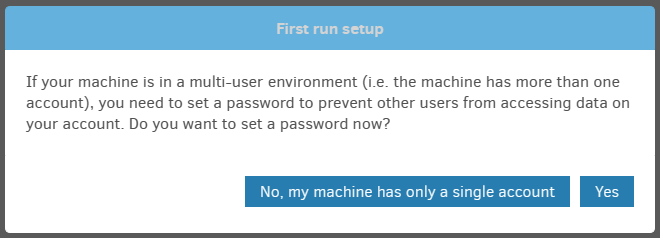Hi everyone!
I recently updated to version 2.0.7.101_canary_2024-03-08. My OS is an Arch distribution (kernel 6.6.22-1-lts).
I was getting a warning about failed validation of fingerprint (I am using sftp to run backups):
Validation of server fingerprint failed. Server returned fingerprint
"ssh-ed25519 256 f0:5d:43:77:9c:06:d3:....". Cause of this message is either not correct configuration or Man-in-the-middle attack!
I double-checked the fingerprint - and it is ok. In the settings of my backup, I tested the connection and approved the “new” fingerprint. When manually initiating the backup afterwards, the error reappeared.
with the following commands, I restarted duplicati:
systemctl stop duplicati
systemctl start duplicati
systemctl status duplicati
Duplicati welcomes me as if it was a fresh installation. All settings, including the backups are gone. I tried to import one of my backups from a local sqlite-file, but after 1hour with CPU-usage of 0%, I cancelled.
This is what my config-folder looks like:
Before I make things worse, I thought I ask you guys for help. How can I restore my backups? I can’t believe that the stuff got actually deleted. Thanks in advance for helping.


